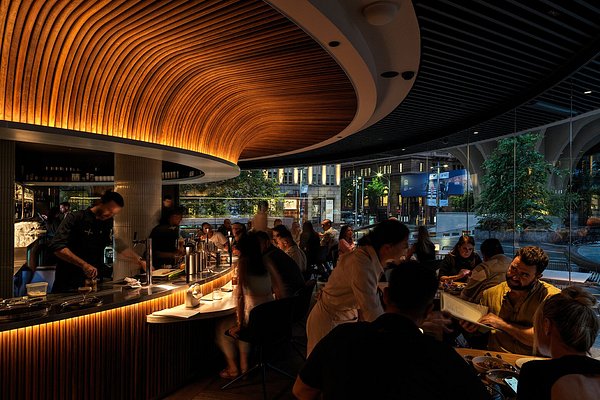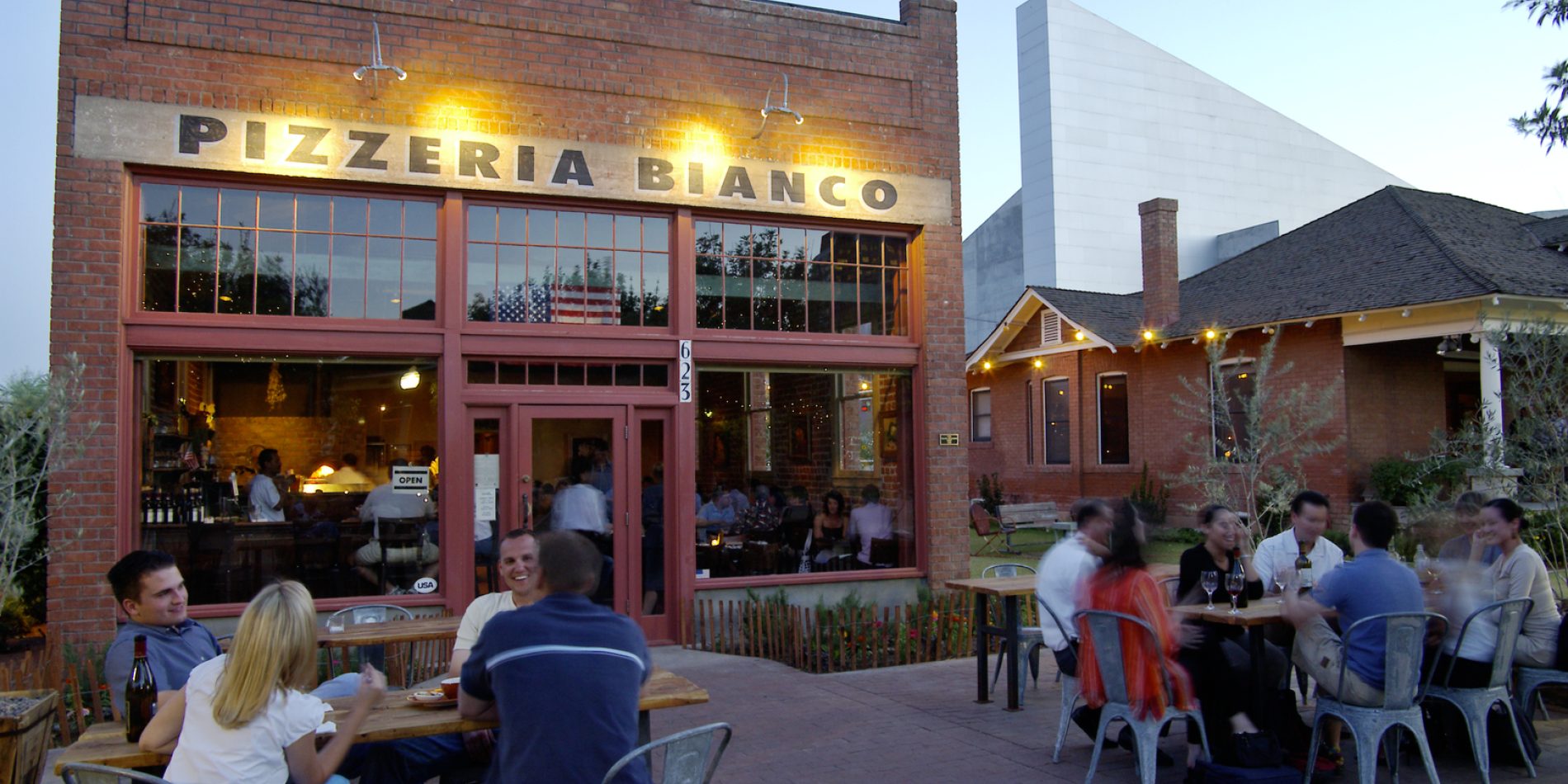Why Eating at Regional Dining Establishments Sustains Your Neighborhood and Thrills Your Palate
Eating at neighborhood restaurants supplies more than just a meal; it serves as a vital element in nurturing neighborhood vitality and economic durability. What might this suggest for the future of neighborhood eating and area connection?
Financial Effect of Neighborhood Eating

The economic effect of neighborhood eating prolongs far past the dining establishment itself, affecting a variety of sectors within the area. Neighborhood dining establishments play a pivotal role in stimulating economic development by creating tasks, supporting neighborhood providers, and contributing to metropolitan earnings. When consumers select to eat at local establishments, they help suffer employment for chefs, servers, and maintenance team, hence enhancing the neighborhood task market.
Furthermore, regional dining establishments often resource ingredients from nearby ranches and manufacturers, cultivating a durable supply chain that benefits numerous agricultural sectors. This method not just sustains neighborhood economic climates however additionally urges sustainable farming methods. In addition, the sales tax generated from these dining establishments adds to necessary civil services, such as education and infrastructure, which additionally improves area lifestyle.
Furthermore, local eating facilities commonly foster a sense of neighborhood, attracting citizens and visitors alike, which can lead to enhanced foot website traffic in bordering services. This interconnectivity among local enterprises enhances economic resilience, developing a lively and lasting community ecological community. Essentially, the assistance of regional eating is an investment in the broader economic health and wellness of the area, promoting development and sustainability for future generations.
Distinct Culinary Experiences

Additionally, several neighborhood establishments welcome farm-to-table practices, emphasizing the relevance of seasonal produce. Diners can savor the freshness of ingredients sourced from close-by ranches, which not just enhances flavor but also fosters a link to the neighborhood landscape. This commitment to quality and area sets the stage for unique cooking experiences that are typically absent in chain restaurants.
Moreover, regional chefs frequently try out blend food, mixing varied culinary traditions to develop amazing new dishes. Such advancement not just entices the taste buds but also urges daring eating, inviting patrons to broaden their cooking perspectives. Engaging with neighborhood dining establishments enables restaurants to delight in meals that are not simply concerning nourishment, yet regarding the virtuosity and interest that define the culinary globe, making every dining experience absolutely one-of-a-kind and delightful.
Strengthening Community Bonds
Eating at local dining establishments plays a critical role in reinforcing community bonds by promoting links amongst citizens. These facilities offer as essential event places where individuals can participate in purposeful discussions, share experiences, and produce long lasting memories. As patrons constant the very same neighborhood pop over here spots, they cultivate a feeling of experience and friendship, reinforcing social ties within the neighborhood.
Furthermore, local dining establishments typically show the special cultural fabric of their neighborhoods, showcasing local traditions and cooking heritage. This event of local society not just improves community identity but likewise motivates locals to take pride in their environments. By joining the local dining scene, individuals add to a shared story that binds them together.
Neighborhood events organized at restaurants, such as open mic evenings, fundraisers, or food celebrations, even more boost these connections. They provide opportunities for collaboration and engagement amongst varied teams, cultivating inclusivity and understanding. As residents gather to sustain neighborhood companies, they concurrently sustain each other, creating an interconnected network that strengthens the area's durability.
Fundamentally, eating at regional dining establishments is not just about food; it is an enriching experience that strengthens area bonds and grows a dynamic, united regional culture.
Sustaining Regional Farmers and Producers

This technique decreases transport expenses and emissions, promoting ecological sustainability while additionally enhancing the taste and top quality of the meals offered. Seasonal menus, which highlight regional fruit and vegetables, enable dining establishments to offer unique culinary experiences that show the area's agricultural bounty.
Moreover, supporting local farmers assists preserve conventional farming methods and motivates biodiversity. It encourages small manufacturers, permitting them to thrive in a progressively industrialized food system. As neighborhood dining establishments pick to partner with these farmers, they help maintain useful content a vivid agricultural area, guaranteeing that neighborhood food systems continue to be resilient.
Fundamentally, dining at local restaurants is not simply regarding delighting in a dish; it is an investment in the local economic climate and an affirmation of lasting techniques. By picking neighborhood, restaurants play a crucial duty in supporting their communities and supporting the industrious people who cultivate their food.
Preserving Regional Culture and Heritage
Rooted in the practices of their communities, local restaurants act as important custodians of social heritage. By showcasing regional ingredients and typical food preparation methods, these facilities protect the distinct tastes and culinary practices that specify local identity. Each recipe narrates, showing historical influences and social stories that have formed the neighborhood over generations.
In addition, neighborhood get redirected here restaurants often promote time-honored recipes gave through households, making sure that special social practices remain alive. This not only educates customers about the community's heritage yet also promotes a sense of pride and belonging among homeowners. The feel, decor, and also songs in these establishments typically resemble the regional society, providing a holistic experience that transcends simple eating.
Moreover, neighborhood restaurants contribute to the conservation of language and dialects, as food selections and discussions commonly include neighborhood vernacular. By joining neighborhood events and events, these restaurants enhance social bonds and advertise social exchange. Basically, dining at regional dining establishments is not just a cooking experience; it is a chance to involve with and support the rich tapestry of neighborhood culture and heritage, ensuring its continuity for future generations.
Final Thought
